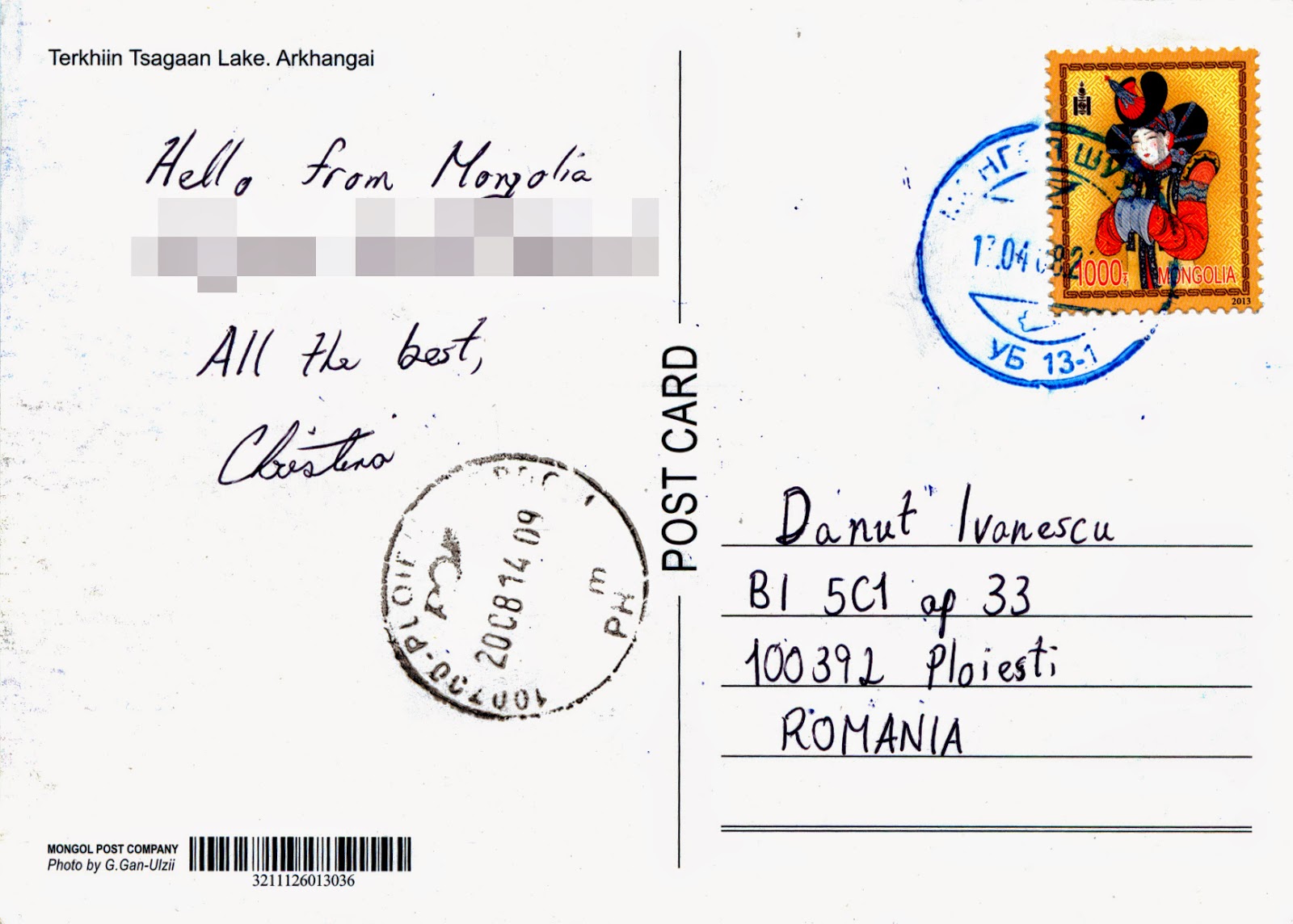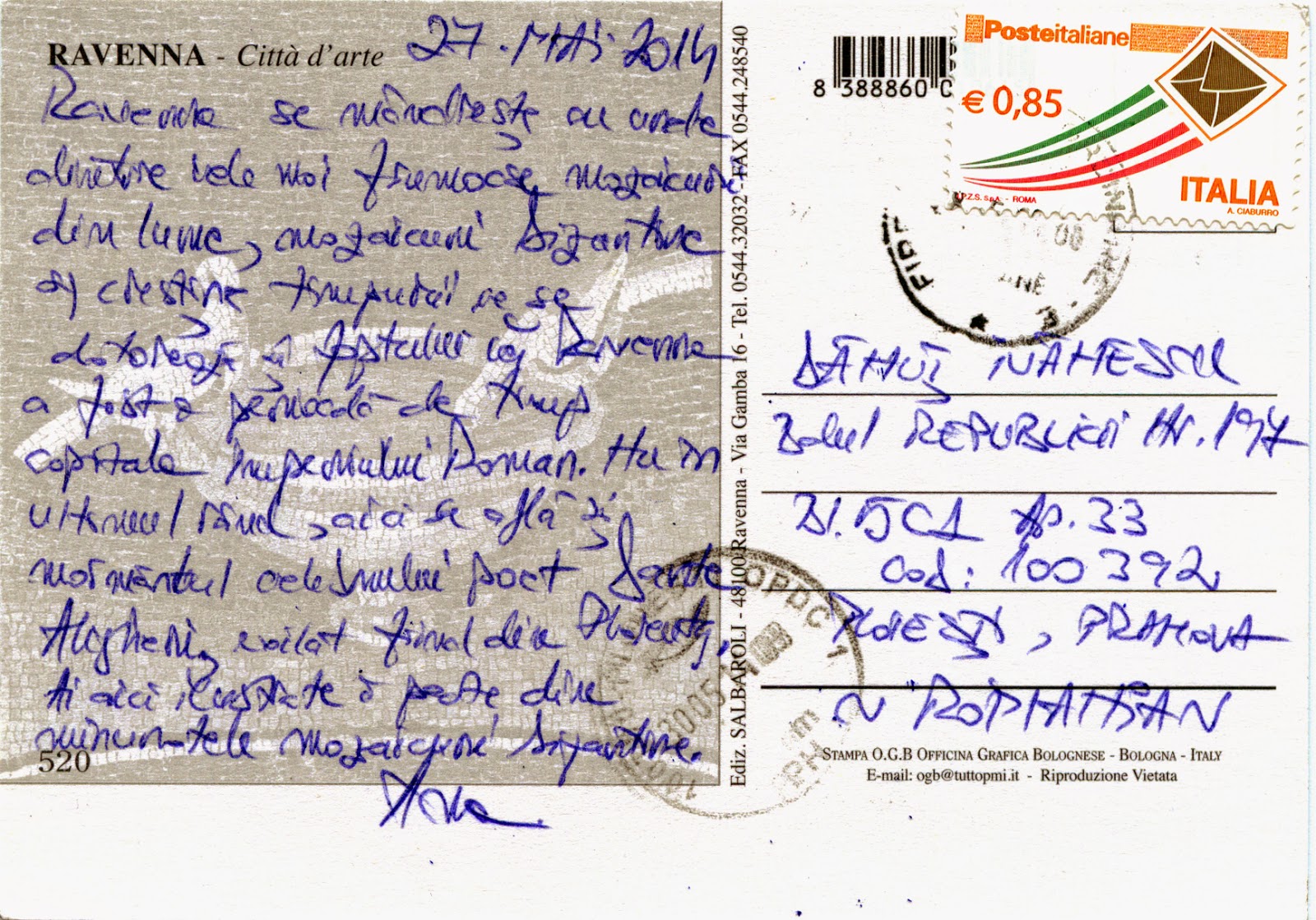For those who aren't familiar with tennis, US Open is one of the world's most important tennis championships, chronologically the fourth and final tennis major comprising the Grand Slam each year, the other three being the Australian Open, French Open and Wimbledon. It is held annually in late August and early September over a two-week period. The main tournament consists of five event championships: men's and women's singles, men's and women's doubles, and mixed doubles, with additional tournaments for senior, junior, and wheelchair players. Since 1978, the tournament has been played on acrylic hard courts at the USTA Billie Jean King National Tennis Center at New York City, within Flushing Meadows-Corona Park.
The tournament was first held, as national championship, in August 1881 on the grass courts at the Newport Casino (Newport, Rhode Island). In 1915 it was relocated to the West Side Tennis Club at Forest Hills (New York). The open era began in 1968, when 96 men and 63 women entered the event, and prize money totaled $100,000 (in 2014 reached $36,203,760). It is owned and organized by the United States Tennis Association (USTA), and net proceeds from ticket sales are used to promote the development of tennis in the United States. It is the only Grand Slam tournament that has been played every year since its inception.
USTA Billie Jean King National Tennis Center, where takes place US Open, has 22 courts inside its 46.5 acres and 11 in the adjoining park, and was opened in August, 1978. The complex's three stadia are among the largest tennis stadia in the world. The main court is located at the 22,547-seat Arthur Ashe Stadium, opened in 1997 and named after the African American player who won the men's final of the inaugural US Open in 1968. The next largest court is the Louis Armstrong Stadium, opened in 1978, extensively renovated from the original Singer Bowl. It was the main stadium from 1978 to 1996, and its peak capacity neared 18,000 seats, but was reduced to 10,200 after the opening of Arthur Ashe Stadium.
The third largest court is the 6,000-seat Grandstand Stadium, attached to the Louis Armstrong Stadium. In 2011, Court 17 (nicknamed "The Pit") was opened as a fourth show court, with large television screens and electronic line calling which allows player challenges. It initially held 2,500 with temporary stands, but will allow over 3,000 fans after its completion in 2012. Sidecourts 4, 7, and 11 each have a seating capacity of over 1,000. In 2005, all US Open (and US Open Series) tennis courts were given blue inner courts to make it easier to see the ball on television; the outer courts remained green.
















%2B-%2BA%2Btraditional%2Bhut.jpg)
%2B-%2BA%2Btraditional%2Bhut%2Bspate.jpg)


%2B-%2BToronto's%2BOld%2BCity%2BHall%2Breflected%2Bin%2BCadillac%2BFairview%2BTower.jpg)
%2B-%2BToronto's%2BOld%2BCity%2BHall%2Breflected%2Bin%2BCadillac%2BFairview%2BTower%2Bspate.jpg)










%2B-%2BA%2BLhoba%2Bman%2Bin%2Btraditional%2Bclothes.jpg)
%2B-%2BA%2BLhoba%2Bman%2Bin%2Btraditional%2Bclothes%2Bspate.jpg)
%2B-%2BThe%2Bisland%2Bof%2BSpinalonga.jpg)
%2B-%2BThe%2Bisland%2Bof%2BSpinalonga%2Bspate.jpg)
+-+Miller+time+at+a+Pohnpei+river.jpg)
+-+Miller+time+at+a+Pohnpei+river+spate.jpg)


%2B-%2BSpaso-Preobrazhensky%2BCathedral%2Bin%2BOdessa.jpg)
%2B-%2BSpaso-Preobrazhensky%2BCathedral%2Bin%2BOdessa%2Bspate.jpg)









